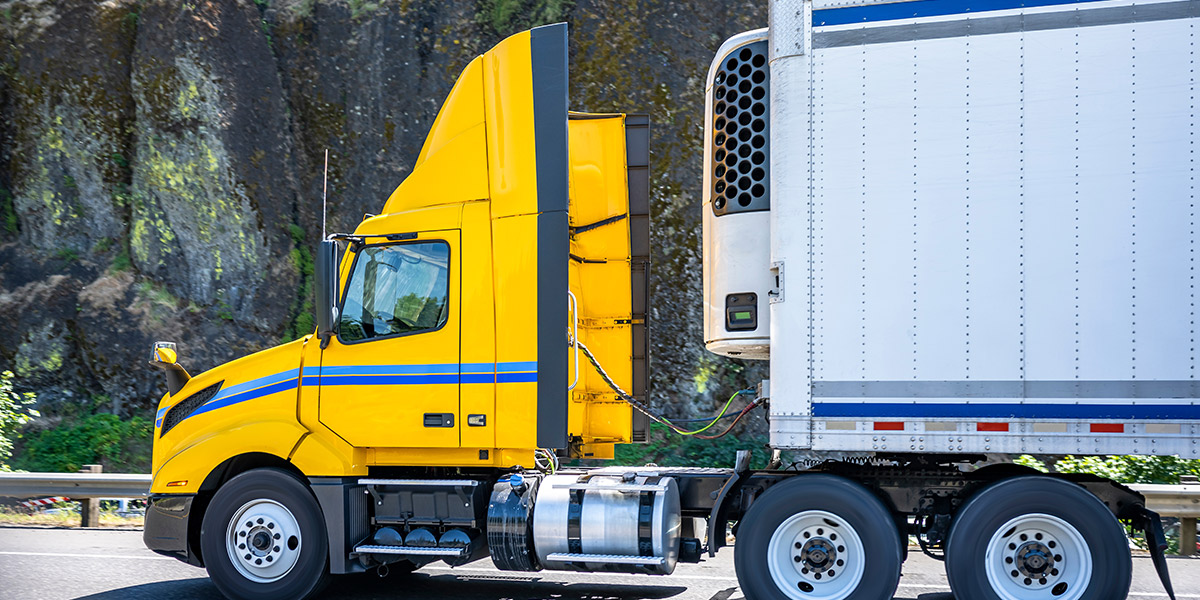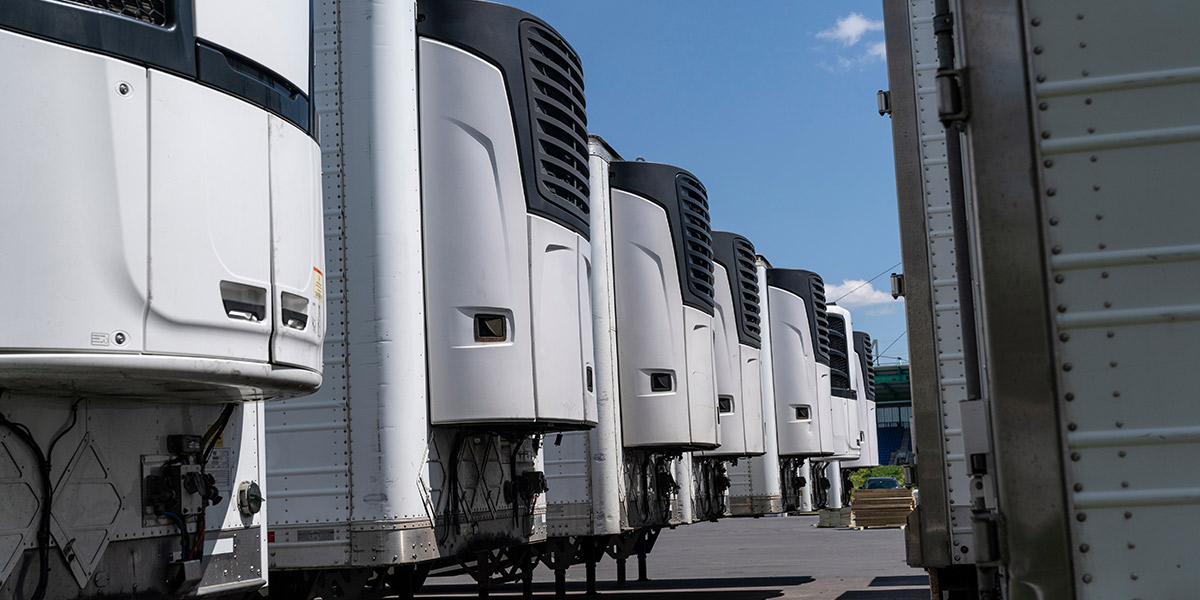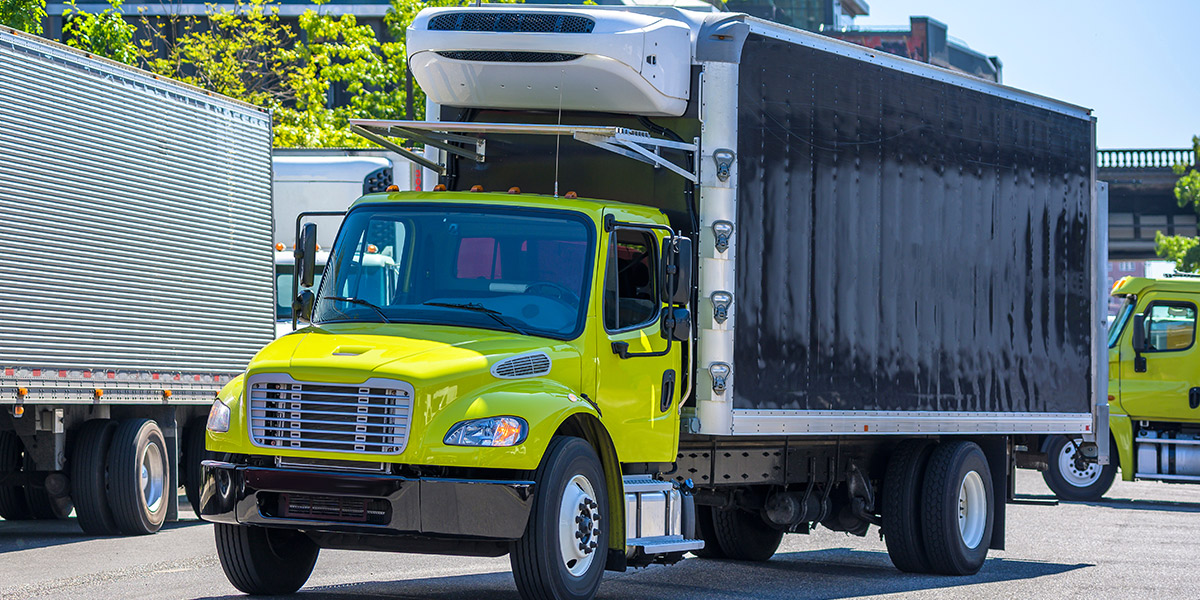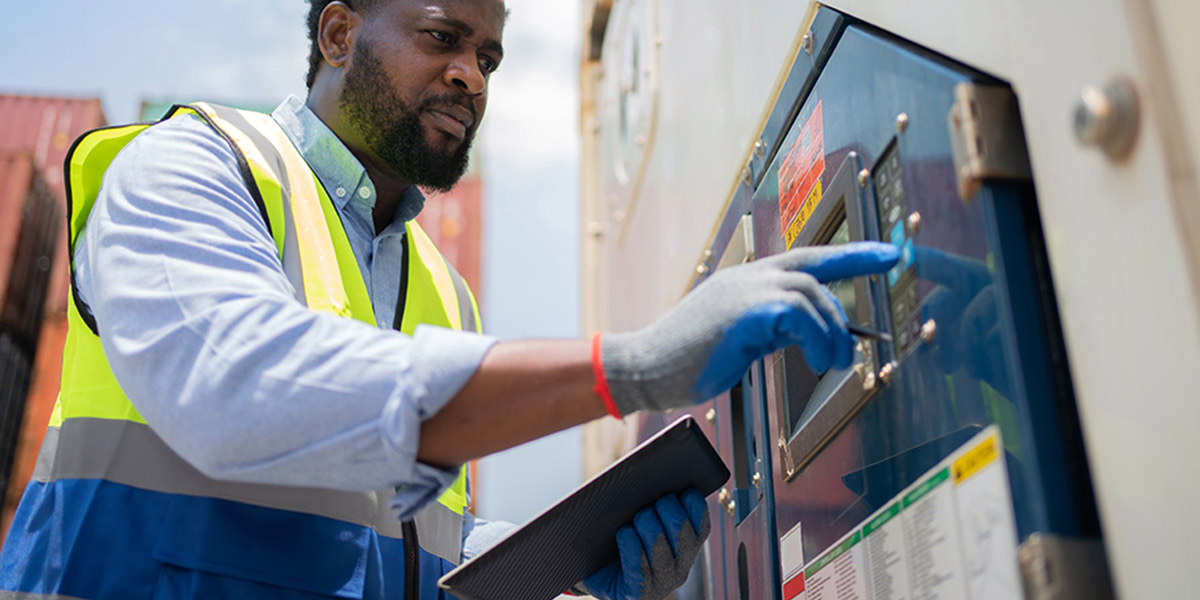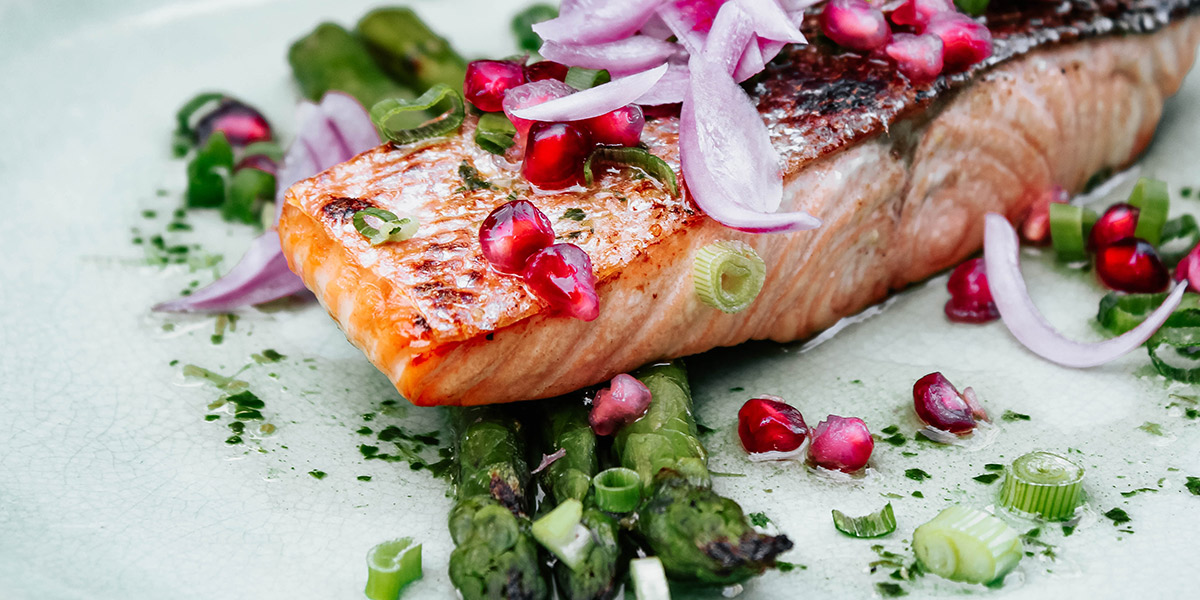As a smaller company you can compete with the giants – and realize a strong ROI – by committing to the transport of fresher, safer food.
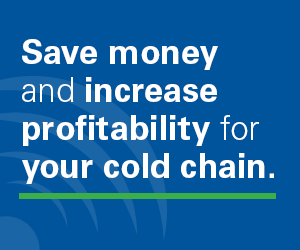 As anyone charged with transporting or handling temperature-sensitive food can tell you, doing it right – and doing it compliantly and safely – isn’t easy. Between the multiple trucks and reefers, the various environments through which food passes during its journey, the many people servicing the entire cold chain, and the countless variables that can affect food safety, it can all add up to a great deal of complexity.
As anyone charged with transporting or handling temperature-sensitive food can tell you, doing it right – and doing it compliantly and safely – isn’t easy. Between the multiple trucks and reefers, the various environments through which food passes during its journey, the many people servicing the entire cold chain, and the countless variables that can affect food safety, it can all add up to a great deal of complexity.
But in this complexity lies opportunity for smaller carriers, distributors, grocers, and other enterprises – and it’s an opportunity that can amount to a significant differentiator, a competitive advantage, and a strong ROI for temperature monitoring technology.
This might sound counterintuitive. After all, larger companies have more resources and a greater ability to implement a holistic temperature monitoring infrastructure. The reality, however, is that smaller operations can have multiple advantages when it comes to creating a safety net for the food they transport and handle. These advantages include the following:
A better grasp of their entire cold chain
Monitoring food and ambient temperature begins and ends with knowing the different environments through which food travels across the cold chain, from source to customers. That includes awareness of times when reefer doors are open, the age and working condition of equipment, and any periods of time when reefers may be left unattended, such as when they are parked in a yard or at a terminal.
With fewer trucks on the road and fewer customers to deliver to, smaller companies may be able to get a better handle on this critical – and actionable – knowledge about its cold chain.
They don’t need as much monitoring equipment
While modern temperature monitoring sensors are relatively inexpensive and easy to install, a smaller operation will need fewer of them. What’s more, it also means they can get their temperature monitoring infrastructure in place more quickly.
Less data to monitor
Fewer sensors connected to your telematics system equates to a far more manageable amount of temperature data to monitor. Less data also makes it easier to identify trouble spots in your cold chain and make any needed corrections.
Fewer people to upskill
The human element is every bit as important as equipment and technology when it comes to keeping food at a safe temperature. To ensure everyone does their part, everyone involved in the cold chain needs to be trained, monitored, and continually communicated to, to keep the importance of maintaining safe food temperatures front of mind.
The fewer people in the mix, the easier these initial and ongoing efforts will be.
It’s easier to make food safety part of their customer value proposition
Once you have put in place a comprehensive temperature monitoring infrastructure to ensure safety and compliance, you can be confident in your company’s ability to deliver fresh, safe food to customers. The logical next step is to make this infrastructure a differentiator for your business and incorporate it into your customer value proposition.
The reality is that many of your larger competitors may not have in place the same temperature monitoring safety net that you do. As a result, they can’t make the same claims about food safety.
Use this to your advantage to grow your business and increase the ROI for your temperature monitoring outlay!
Go “All In”
Regardless of a company’s size, ensuring food safety and compliance should be a priority. But the disparity in how committed companies are to this priority presents a big opportunity for those that choose to go all in – especially smaller firms.
Try the new Cooltrax ROI calculator and estimate the savings now. Click here to see how easy it is to save money and increase the profitability of your cold chain.

